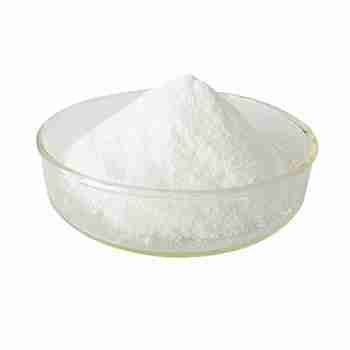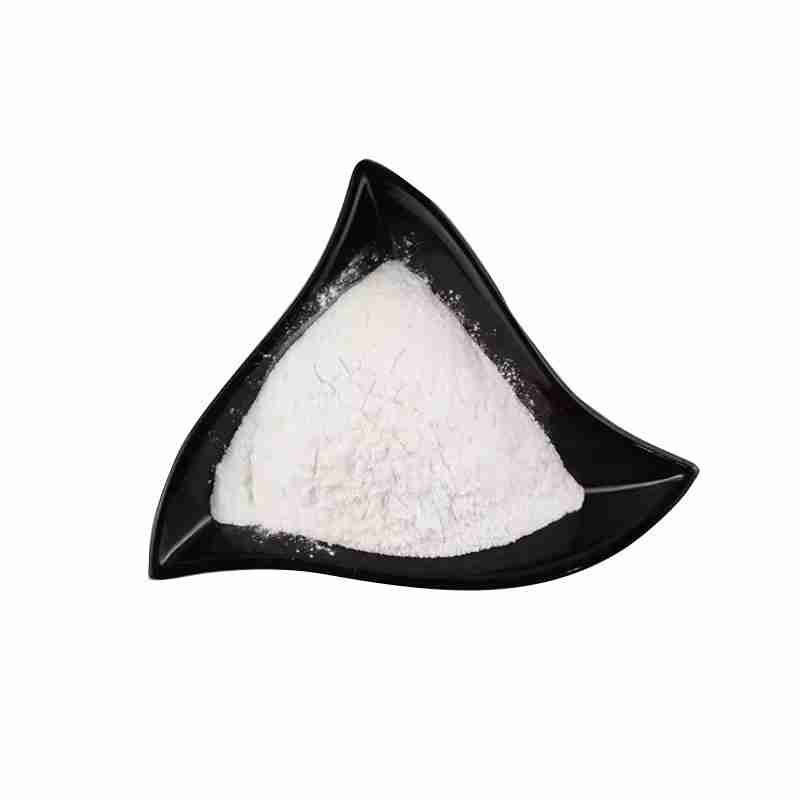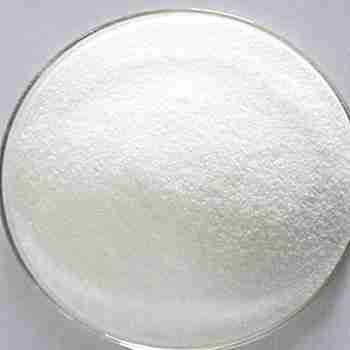Trelagliptin Succinate CAS 1029877-94-8
Chemical Name: Trelagliptin succinate
CAS No.: 1029877-94-8
Molecular Fomula: C22H26FN5O6
Molecular weight: 475.48
Appearance: White powder
Assay: ??99.0%
发送询盘
Description
Trelagliptin succinate Details
Chemical Name: Trelagliptin succinate
CAS No.: 1029877-94-8
Molecular Fomula: C22H26FN5O6
Chemical Structure:
Molecular weight: 475.48
Appearance: White powder
Assay: ??99.0%
Typical Properties
ITEMS
SPECIFICATION
Storage conditions
-20??C
Solubility
Soluble in dimethyl sulfoxide
Appearance
powder
Color
off-white solid
?
Trelagliptin succinate?application:
Used for the treatment of diabetes.
Packaging and Shipping?
customized according to customer needs.
Trelagliptin succinate?Storage
It should be stored in a clean, dry and cool place, preventing from sunlight, rain.
| 5 |
|
0 |
| 4 |
|
0 |
| 3 |
|
0 |
| 2 |
|
0 |
| 1 |
|
0 |
- 2
- 2-diallylpent-4-en-1-amine
- 4
- 95-16-9
- Ammonium sulfamate
- Benzothiazole
- cas:67889-00-3ح2
- cas:83524-75-8 | pigment black 32
- cas:928836-00-4 | 2
- cas:932745-70-5 | 4
- Chemical Minerals
- Coconut diethanolamide
- Daily Chemicals
- discount
- for sale
- General pvc resin
- hexyl D-glucoside
- in stock
- Lauramidopropyl betaine
- LAURIC ACID MONOETHANOLAMIDE
- Petroleum Additives
- Plasticiser
- Ploymers
- price
- PVC
- quotation
- Raw Materal
- Remove term: Petroleum Additives Petroleum Additive
- SODIUM ETHYL 2-SULFOLAURATE
Related Products
Chemical Name:?Favipiravir
CAS No.:?259793-96-9
Molecular Fomula:?C5H4FN3O2
Molecular weight:?157.1
Appearance:?Off white solid
Assay: 99 % min
Chemical Name: o-Xylene
Synonyms: 1,2-Dimethylbenzene; ortho-xylene
CAS No.: 95-47-6
Molecular Formula: C8H10
Molecular Weight: 106.17
Chemical Name: UV-120
Other Name: (2’,4’-Di-tert-butylphenyl 3,5-di-tert-butyl-4-hydroxybenzoate)
CAS No.: 4221-80-1
Molecular Fomula: C29H42O3
Molecular weight: 438.66
Assay: ≥99%(LC)
Chemical Name: Sultamicillin
CAS No.: 76497-13-7
Appearance:?White powder
Assay??99.0%
Chemical Name: Tylosin tartrate
CAS No.:?74610-55-2
Appearance:?white powder
Assay????98.0%
Chemical Name: LAPPACONITINE HYDROBROMIDE
Synonyms: Lappaconite HBR; ALLAPININE HYDROBROMIDE
CAS No.: 97792-45-5
Molecular Fomula: C32H45BrN2O8
Molecular weight:?665.61
Appearance: Powder crystal
Assay: ??99.0%
Product name:Cyclopentane
Purity:96%
Appearance:White powder
Package:25kg/bag
Sample:Available
Product name:HYDROXYPROPYL GUAR HYDROXYPROPYLTRIMONIUM CHLORIDE
Purity:99%
Appearance:Light Yellow Powder
Package:Customized according to customer needs.
Sample:Available
Chemical Name: Ashwagandha Extract
Synonyms: Withania somnifera, ext.; Withania Somnefera Extract
CAS: 90147-43-6
Appearance: Brown
Lidocaine hydrochloride is an anesthetic as well as an antiarrhythmic drug. Clinically, it is mainly used for infiltration anesthetic, epidural anesthetic, topical anesthesia (consisting of mucosal anesthetic throughout thoracoscopic examination or abdominal surgical treatment) as well as nerve conduction block. It can additionally be used for early ventricular tightenings and also ventricular tachycardia after acute myocardial infarction, and also for ventricular arrhythmias triggered by digitalis poisoning, cardiac surgery as well as cardiac catheterization. But it is usually inadequate for supraventricular arrhythmias.
Chemical Name: Abemaciclib
CAS No.: 1231929-97-7
Molecular Formula: C27H32F2N8
Molecular Weight: 506.59
Chemical Name:?Tebipenem pivoxil
CAS No.: 161715-24-8
Molecular Formula: C22H31N3O6S2
Molecular Weight: 497.63


















Reviews
There are no reviews yet.